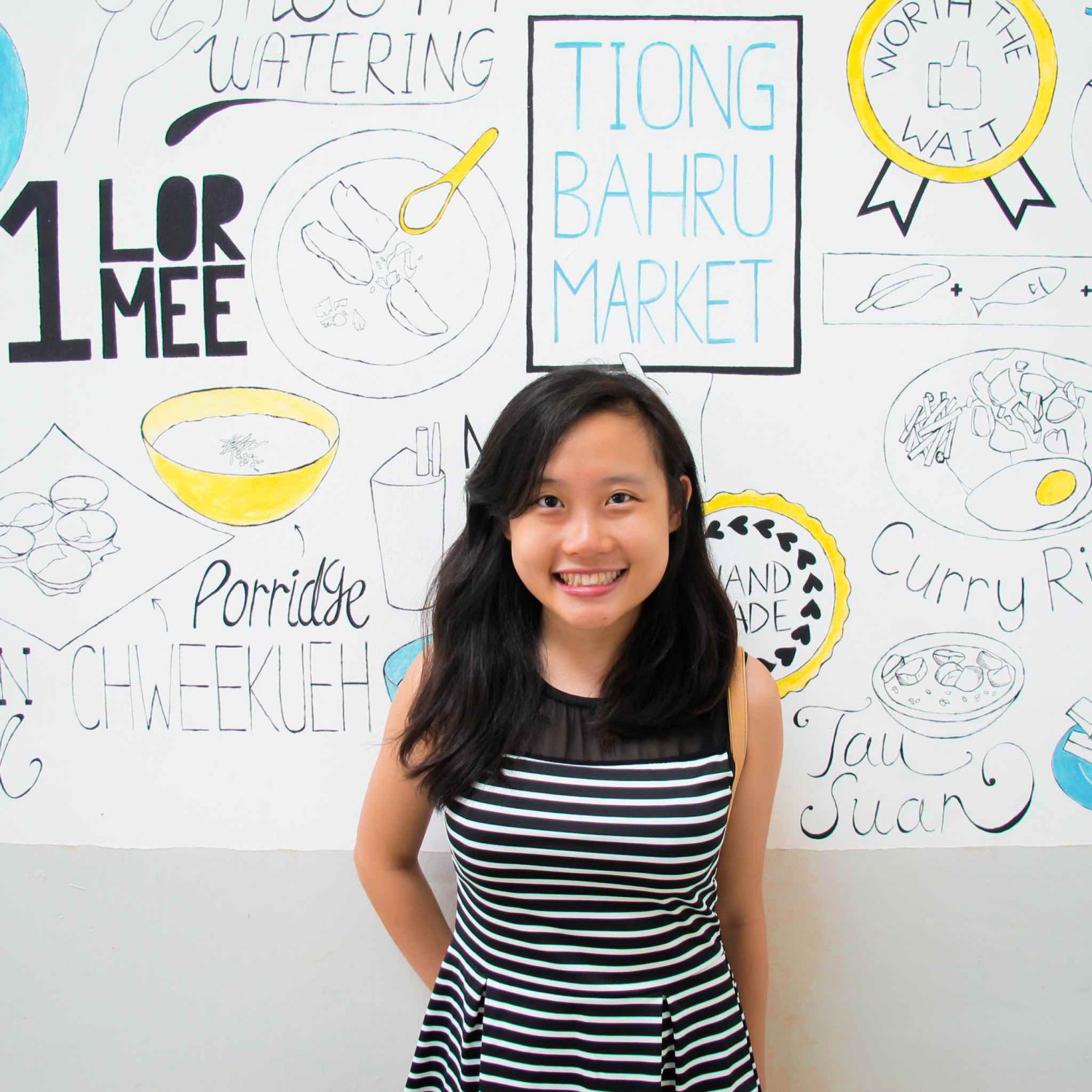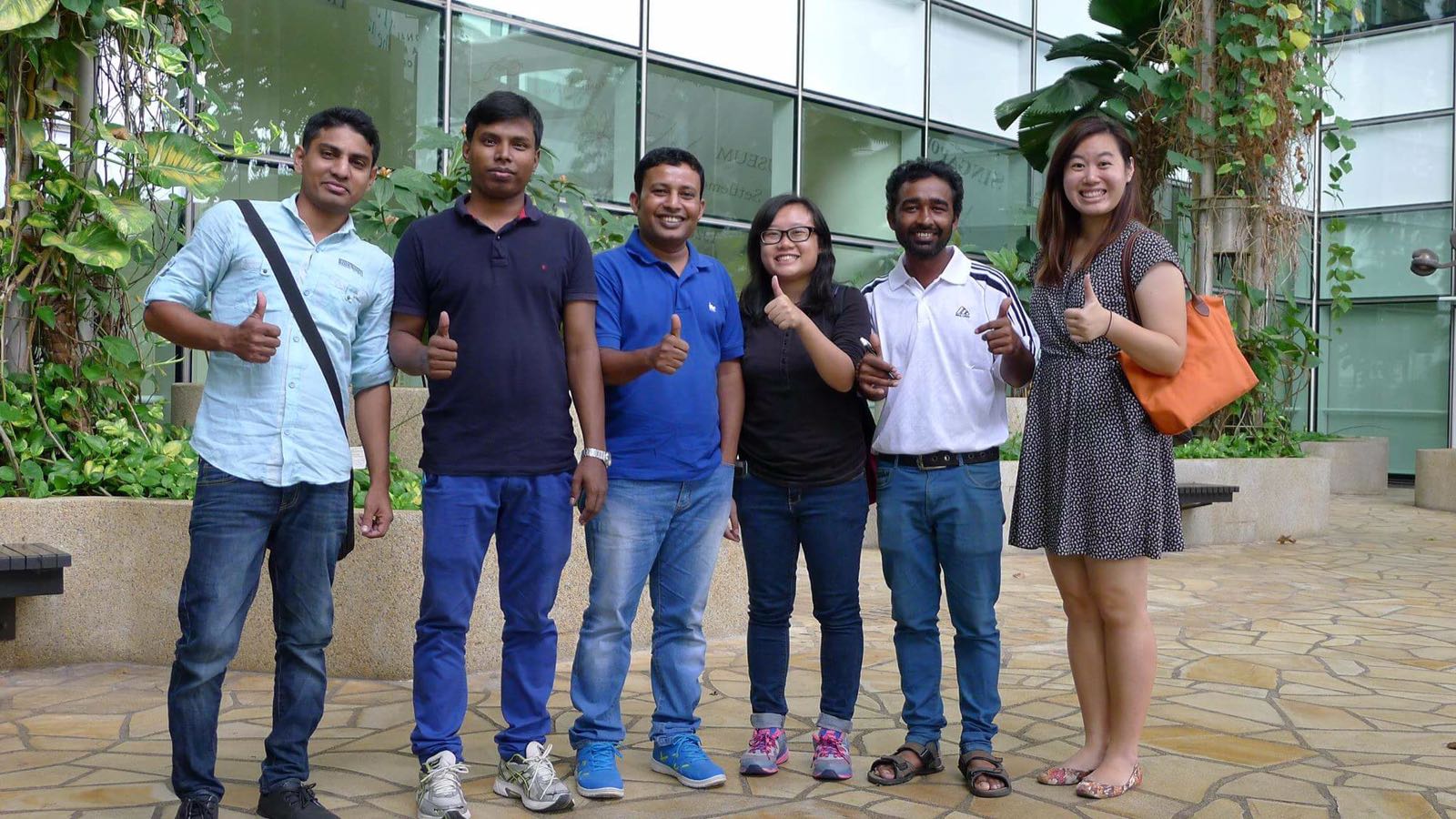• MWAW 2016 • Lunch Tag #1 & #2
Have you ever wondered how a genuine conversation with people who helped built the infrastructure of your home will go? Do you want a chance to meet people you would otherwise pass by, and actually interact with them?
The two Lunch Tags allow two people who would have never otherwise met to sit down and connect over a simple lunch. RSVP here: http://tinyurl.com/rsvpmwaw !
Lunch Tag #1
31st Jan, 9am – 1pm, at Yale-NUS College Elm Dining Hall
This will kick-start with a friendly lohei decoration competition involving both participants and migrant workers. After which, everyone will be paired up to have lunch together at the Yale-NUS College Elm Dining Hall.Lunch Tag #2
3rd Feb, 11.30am – 3pm, at Botanic Gardens
In the style of a picnic, this Lunch Tag will take place out in the nature at Botanic Gardens. There will also be games where participants will interact with foreign domestic workers from the HOME Shelter in a different setting than what we usually do.
Through a meal, people could have a more personal conversation to know each other. How would my FYP be different from this existing event is that:
- It would not be a big event. For a meet up, there will only be 3 locals and 3 migrant workers.
- I will document each session in the form of either photography, audio, or video, to be later be compiled for my installation.
- I will design a set of conversation starters, accompanied by English and Tamil or Bengali translation. If needed, I will also design pictograms to help the conversation flow seamlessly.












